Cokesbury College Tour: 2017 edition
June is the start of the month long South Carolina Festival of Flowers in Greenwood County. What began as a celebration of gardening in 1968 has blossomed (sorry) into a month long series of events throughout Greenwood County. This year the Festival of Flowers celebrates its 50th anniversary, with special events planned to celebrate the occasion.
The event that's always interested me the most is the tour of historic Cokesbury College in Cokesbury, a community situated a few miles north of Greenwood. When I last went in 2013 with Tom Taylor and Allan Russel, the tour was held on a Saturday. Sometime in the last four years, the tour shifted to Sunday and an ice cream social is now part of the tour, but the antiques show I liked so much that took place in front of the building is no longer.
Education has played a major role in Cokesbury's history. Cokesbury was founded in 1824 as Mount Ariel by members of the nearby Methodist community of Tabernacle. The citizens of Tabernacle wanted to relocate their town to higher, healthier ground. Cokesbury, sitting on a ridge a few miles to the west of Tabernacle, was the site chosen. Nothing is left of Tabernacle today except the old Tabernacle Cemetery.
In 1834, the citizens elected to change the town's name from Mount Ariel to Cokesbury, a portmanteau of Thomas Coke and Francis Asbury, the first two Methodist bishops in the America.
Twenty years later in 1854, the local Masons, Bascombe Lodge #90, comissioned the Masonic Female College of South Carolina at the present site of the college building. The idea of a women's college was progressive for the time, but also not out of character for a community with a history of supporting education.
The first educational institution was Tabernacle Academy in the Tabernacle community, opening in 1822. When the citizens moved to Cokesbury, Tabernacle Academy also moved and became Mount Ariel Academy, opening in 1825.
When the Methodist Conference decided to establish a school in Cokesbury, the conference bought Mount Ariel Academy and the school became Dougherty Manual Labor School (commonly called the Cokesbury Conference School) named in honor of the prominent Methodist minister George Dougherty. The school opened in 1835, then expanded in 1836 with an additional purchase of land.
By 1854 the Dougherty Manual Labor School's dormitories and mess hall were in poor shape and were torn down. Students now had to board with the citizens of the town. Some of the materials torn down were used during the construction of what is now Cokesbury College. Two years later in 1856, the school was renamed Cokesbury Manual Conference School.
The Masonic Female College suffered financial difficulties throughout its existence. Those difficulties finally forced the college to close in 1874. The Cokesbury Conference School, having evolved away from being a manual labor school, took over the school in 1876. The school became co-educational in 1882 before closing in 1911. The Cokesbury College building sat empty until 1918 when the building was sold to the Cokesbury School District for use as a public school until 1954.
The Cokesbury College property then reverted back to Methodist conference ownership, but sat unused, vandalized, and in need of repair until interest in the school revived in the late 1960s. In 1970, Cokesbury and the school were added to the National Register of Historic Places. The following year, 1971, the Methodist conference donated the school to Greenwood County. The Cokesbury Historical and Recreation Commission is now responsible for the operation of Cokesbury College. Cokesbury College now hosts special events, mainly weddings.
I've scanned a pamphlet I picked up from my visit 4 years ago that goes into more detail about the history of Cokesbury. The short book Old Cokesbury in Greenwood County, South Carolina published in 1954 goes into much more detail about the history of Cokesbury. The book is available in digitized format from Wofford Digital Commons and Carolana.com.
I've toured the inside of old Cokesbury College a few years ago, once in 2012 and again 2013, when it was open as part of the Festival of Flowers events in Greenwood. This year, I toured the college and parts of the surrounding area in Cokesbury. I had other side trips planned too, but the even chances of rain convinced me to postpone those trips.
The garden is well maintained.
A group was gathered around a table outside the building. A few volunteers were leading people around talking about the history of Cokesbury, the school, and the rooms. I've been here before so I explored on my own. The first floor hosts the recitation rooms, but are now mostly used to showcase antiques. This is the biggest of the three rooms with a small kitchen area behind the camera:
The curved mirror is always a draw for me:
The other two recitation rooms are smaller, but populated with more antiques:
The first floor also has a painting of the college before the early 1970s restoration:
I found this photo in the SC Digital Library also before the restoration:
I went outside and climbed the stairs to the second floor where the combination auditorium and chapel are located.
The pews were donated by Camp Creek Methodist Church in Lancaster during the early 1970s restoration.
Stairs inside lead up to the Masonic meeting area on the third floor.
The third floor is divided into three sections. A relaxation area:
A room now used as a bridal changing area:
The third room is the Masonic meeting area:
The doors were locked this time:
In 2013, the door was unlocked allowing us a peek inside the shell of a church:
Cokesbury Presbyterian Church was built in 1883, and abandoned in the 1920s due to low usage, then torn down in the 1950s. The photo below was taken sometime during the 1930s or 1940s. The steeple, even in the small thumbnail below, is obviously leaning:
This 1977 story in the Greenwood Index-Journal details the history of the replica:
Then I walked past the college down Allen University Road, past a log strategically placed in the road, down to the Payne Institute Monument.
The Payne Institute was the predecessor to Allen University in Columbia, South Carolina. The institute was founded in 1870 by the South Carolina African Methodist Episcopal (A.M.E.) Conference to train African Americans for service in the A.M.E. church. The school was so successful a larger campus was necessary.
In 1880, the school moved to Columbia and renamed Allen University in honor of Reverend Richard Allen, founder of the A.M.E. church. Allen University remains in Columbia today.
The road continues unpaved road with some visible ruts. A small part of the road is partially blocked by downed trees and vegetation, but the rest is still easily navigated.
Near the end of this road, off the west side, is where what I'll call "Cokesbury Negro School", the same name used on property deeds and contemporary newspaper articles.
Property deeds reveal the property for the school was acquired in 1939 then sold off in 1956.

I accessed book 62, page 237 to research a bit further back in time, but I only found an unrelated deed.
An April 1984 article from the Greenwood Index-Journal answers when the school actually closed, and provides some little known history of African-American education in Cokesbury.
Cokesbury Negro School was a two room elementary school. St. Paul A.M.E. Church was located at the end of the road, bordering the school property, before the church relocated to a nearby location. Odd Fellow Hall, according to property records, was located on the adjacent property behind Cokesbury Negro School to the southwest.
The elementary school had two rooms with two seperate entrances. I was fortunate to find the school's photo in the South Carolina School Insurance Archives:
Today, the school building is in sad shape and is likely beyond repair:
I was sorry to see it this way, but I also felt fortunate I could document this old school before it completely falls apart.
Most of the grave markers I saw were in good shape. While I could hear thunder and felt a few sprinkles, I decided to stay and document what I could.
The grave markers I found were in good shape. Most were professionally done:
On this one the lines are still visible when viewed full size:
I found a few that were handwritten:
The latest grave marker I could find is a marker from 1980:
On the way back, I noticed a lot of trash, especially soda bottles and beer cans. This must have been a party area at one time, but none of the trash looked recent.
I passed through several thunderstorms on the way back home. I also noticed so many interesting abandoned places along US 25 I wish I could have stopped to check out. Some other time.
I've uploaded my trip photos to the album Cokesbury College Tour 2017 on Flickr, or click through them right here:
The event that's always interested me the most is the tour of historic Cokesbury College in Cokesbury, a community situated a few miles north of Greenwood. When I last went in 2013 with Tom Taylor and Allan Russel, the tour was held on a Saturday. Sometime in the last four years, the tour shifted to Sunday and an ice cream social is now part of the tour, but the antiques show I liked so much that took place in front of the building is no longer.
Education has played a major role in Cokesbury's history. Cokesbury was founded in 1824 as Mount Ariel by members of the nearby Methodist community of Tabernacle. The citizens of Tabernacle wanted to relocate their town to higher, healthier ground. Cokesbury, sitting on a ridge a few miles to the west of Tabernacle, was the site chosen. Nothing is left of Tabernacle today except the old Tabernacle Cemetery.
In 1834, the citizens elected to change the town's name from Mount Ariel to Cokesbury, a portmanteau of Thomas Coke and Francis Asbury, the first two Methodist bishops in the America.
Twenty years later in 1854, the local Masons, Bascombe Lodge #90, comissioned the Masonic Female College of South Carolina at the present site of the college building. The idea of a women's college was progressive for the time, but also not out of character for a community with a history of supporting education.
The first educational institution was Tabernacle Academy in the Tabernacle community, opening in 1822. When the citizens moved to Cokesbury, Tabernacle Academy also moved and became Mount Ariel Academy, opening in 1825.
When the Methodist Conference decided to establish a school in Cokesbury, the conference bought Mount Ariel Academy and the school became Dougherty Manual Labor School (commonly called the Cokesbury Conference School) named in honor of the prominent Methodist minister George Dougherty. The school opened in 1835, then expanded in 1836 with an additional purchase of land.
By 1854 the Dougherty Manual Labor School's dormitories and mess hall were in poor shape and were torn down. Students now had to board with the citizens of the town. Some of the materials torn down were used during the construction of what is now Cokesbury College. Two years later in 1856, the school was renamed Cokesbury Manual Conference School.
The Masonic Female College suffered financial difficulties throughout its existence. Those difficulties finally forced the college to close in 1874. The Cokesbury Conference School, having evolved away from being a manual labor school, took over the school in 1876. The school became co-educational in 1882 before closing in 1911. The Cokesbury College building sat empty until 1918 when the building was sold to the Cokesbury School District for use as a public school until 1954.
The Cokesbury College property then reverted back to Methodist conference ownership, but sat unused, vandalized, and in need of repair until interest in the school revived in the late 1960s. In 1970, Cokesbury and the school were added to the National Register of Historic Places. The following year, 1971, the Methodist conference donated the school to Greenwood County. The Cokesbury Historical and Recreation Commission is now responsible for the operation of Cokesbury College. Cokesbury College now hosts special events, mainly weddings.
I've scanned a pamphlet I picked up from my visit 4 years ago that goes into more detail about the history of Cokesbury. The short book Old Cokesbury in Greenwood County, South Carolina published in 1954 goes into much more detail about the history of Cokesbury. The book is available in digitized format from Wofford Digital Commons and Carolana.com.
I've toured the inside of old Cokesbury College a few years ago, once in 2012 and again 2013, when it was open as part of the Festival of Flowers events in Greenwood. This year, I toured the college and parts of the surrounding area in Cokesbury. I had other side trips planned too, but the even chances of rain convinced me to postpone those trips.
Cokesbury College
People were already exploring the grounds when I arrived about 1:30pm.The garden is well maintained.
A group was gathered around a table outside the building. A few volunteers were leading people around talking about the history of Cokesbury, the school, and the rooms. I've been here before so I explored on my own. The first floor hosts the recitation rooms, but are now mostly used to showcase antiques. This is the biggest of the three rooms with a small kitchen area behind the camera:
The curved mirror is always a draw for me:
The other two recitation rooms are smaller, but populated with more antiques:
The first floor also has a painting of the college before the early 1970s restoration:
I found this photo in the SC Digital Library also before the restoration:
I went outside and climbed the stairs to the second floor where the combination auditorium and chapel are located.
The pews were donated by Camp Creek Methodist Church in Lancaster during the early 1970s restoration.
Stairs inside lead up to the Masonic meeting area on the third floor.
The third floor is divided into three sections. A relaxation area:
A room now used as a bridal changing area:
The third room is the Masonic meeting area:
Cokesbury General Store
Across the street from Cokesbury College is an old general store dating from 1850:Mt. Ariel Church
Mount Ariel Church is a replica of Cokesbury Presbyterian Church. The replica was started in 1973, the exterior finished in 1977, but the interior was never completed.The doors were locked this time:
In 2013, the door was unlocked allowing us a peek inside the shell of a church:
Cokesbury Presbyterian Church was built in 1883, and abandoned in the 1920s due to low usage, then torn down in the 1950s. The photo below was taken sometime during the 1930s or 1940s. The steeple, even in the small thumbnail below, is obviously leaning:
This 1977 story in the Greenwood Index-Journal details the history of the replica:
Then I walked past the college down Allen University Road, past a log strategically placed in the road, down to the Payne Institute Monument.
Payne Institute Monument
Allen University Road runs beside Cokesbury College down to a memorial to the Payne Institute.The Payne Institute was the predecessor to Allen University in Columbia, South Carolina. The institute was founded in 1870 by the South Carolina African Methodist Episcopal (A.M.E.) Conference to train African Americans for service in the A.M.E. church. The school was so successful a larger campus was necessary.
In 1880, the school moved to Columbia and renamed Allen University in honor of Reverend Richard Allen, founder of the A.M.E. church. Allen University remains in Columbia today.
Cokesbury Negro School
The pavement on Allen University Road ends just past the Payne Institute monument...The road continues unpaved road with some visible ruts. A small part of the road is partially blocked by downed trees and vegetation, but the rest is still easily navigated.
Near the end of this road, off the west side, is where what I'll call "Cokesbury Negro School", the same name used on property deeds and contemporary newspaper articles.
Property deeds reveal the property for the school was acquired in 1939 then sold off in 1956.

I accessed book 62, page 237 to research a bit further back in time, but I only found an unrelated deed.
An April 1984 article from the Greenwood Index-Journal answers when the school actually closed, and provides some little known history of African-American education in Cokesbury.
Cokesbury Negro School was a two room elementary school. St. Paul A.M.E. Church was located at the end of the road, bordering the school property, before the church relocated to a nearby location. Odd Fellow Hall, according to property records, was located on the adjacent property behind Cokesbury Negro School to the southwest.
The elementary school had two rooms with two seperate entrances. I was fortunate to find the school's photo in the South Carolina School Insurance Archives:
Today, the school building is in sad shape and is likely beyond repair:
I was sorry to see it this way, but I also felt fortunate I could document this old school before it completely falls apart.
St. Paul A.M.E. Cemetery
While behind the school, I noticed a clearing, and in that clearing I found (to my surprise) grave markers. None of my maps showed a cemetery here, but a later search of Find A Grave did produce an entry for the cemetery.Most of the grave markers I saw were in good shape. While I could hear thunder and felt a few sprinkles, I decided to stay and document what I could.
The grave markers I found were in good shape. Most were professionally done:
On this one the lines are still visible when viewed full size:
I found a few that were handwritten:
The latest grave marker I could find is a marker from 1980:
Wrapup
I also wanted to explore a potentially interesting area across the road from the old school (shown on the GIS map above), but the vegetation was rather thick, and I also didn't want to get caught in a downpour so I headed back to the Cokesbury College parking area.On the way back, I noticed a lot of trash, especially soda bottles and beer cans. This must have been a party area at one time, but none of the trash looked recent.
I passed through several thunderstorms on the way back home. I also noticed so many interesting abandoned places along US 25 I wish I could have stopped to check out. Some other time.
I've uploaded my trip photos to the album Cokesbury College Tour 2017 on Flickr, or click through them right here:
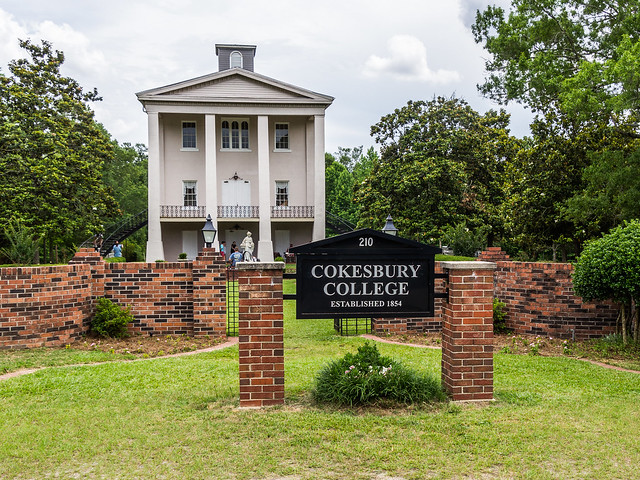
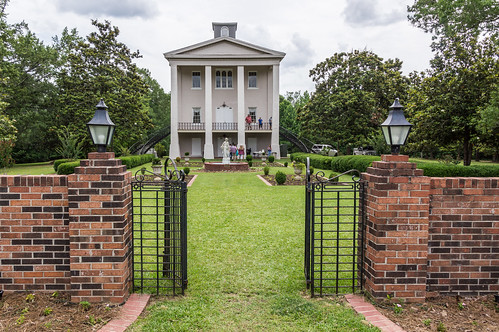

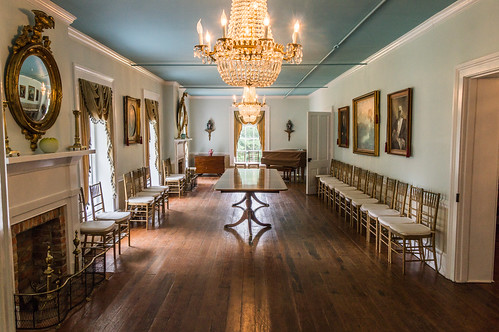
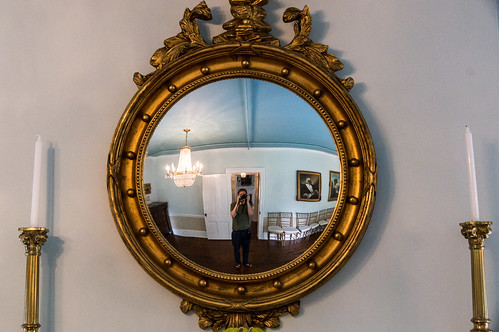
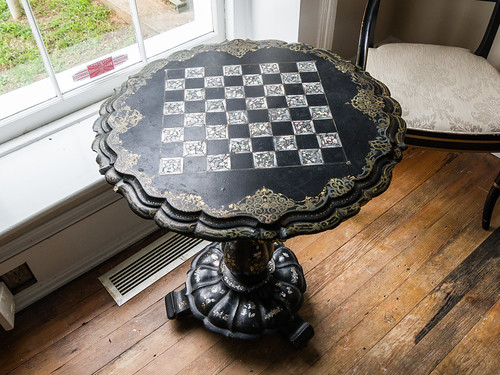
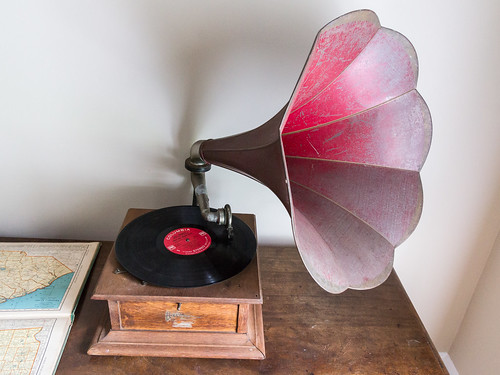
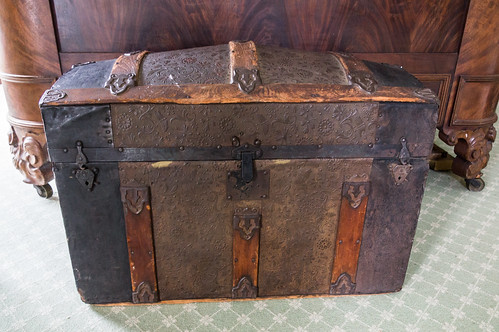



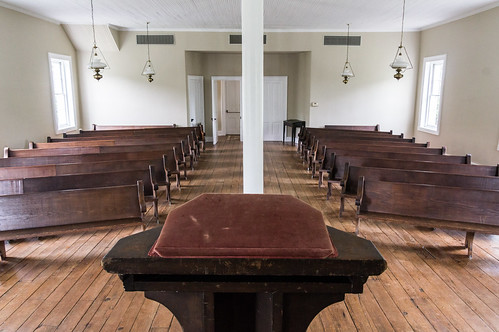
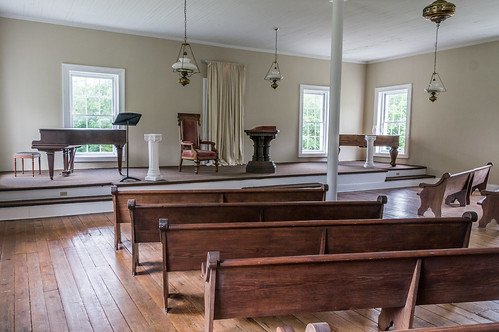
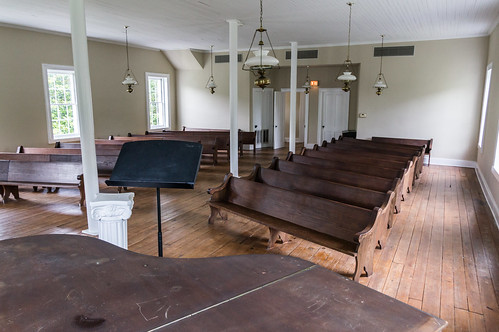
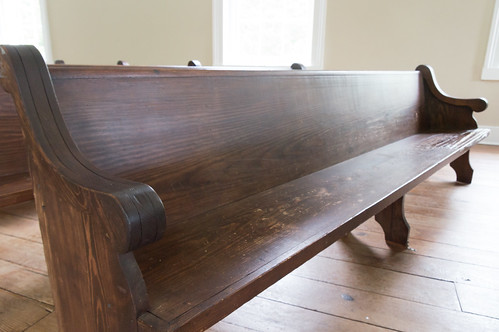
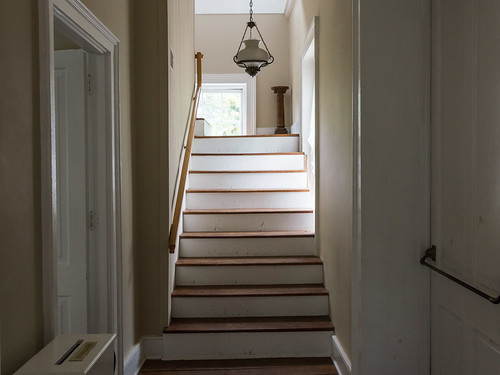
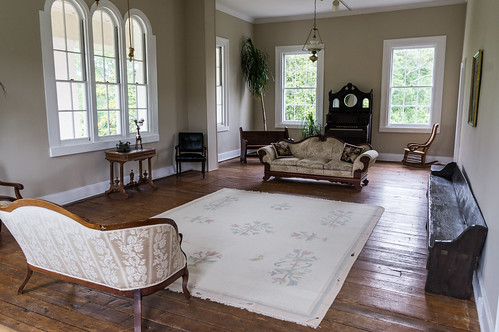
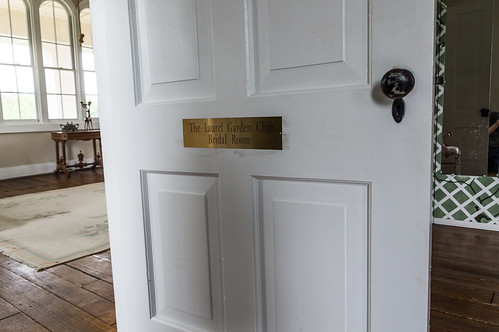
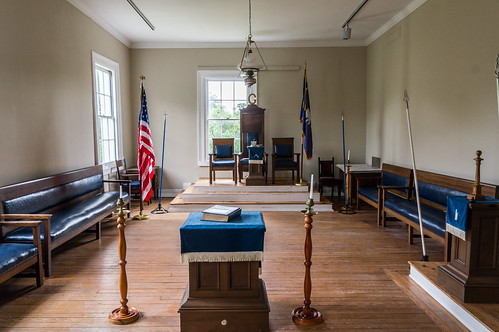
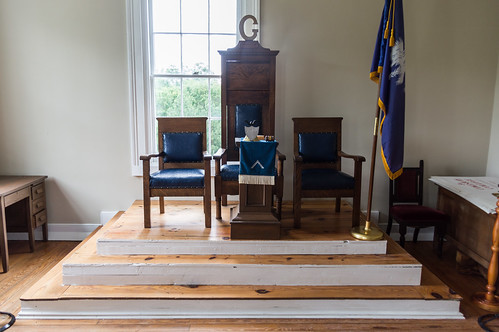
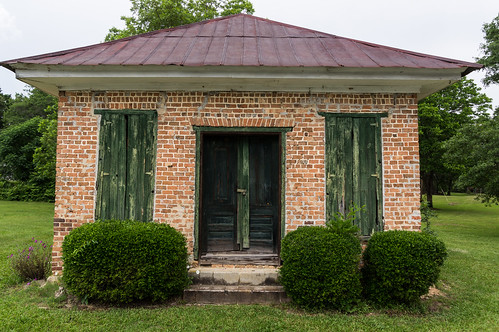
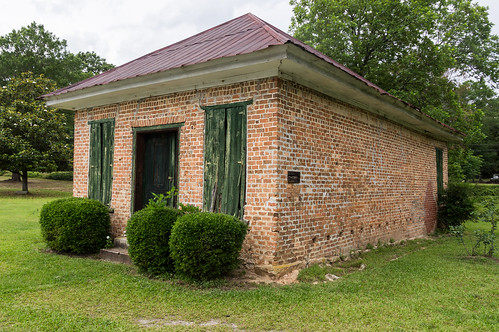
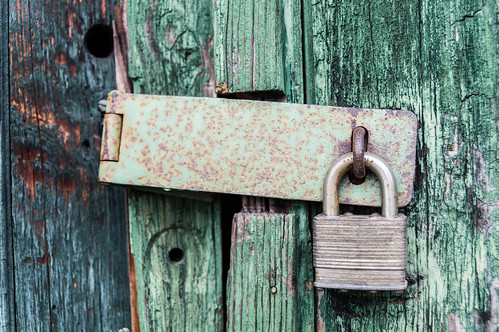
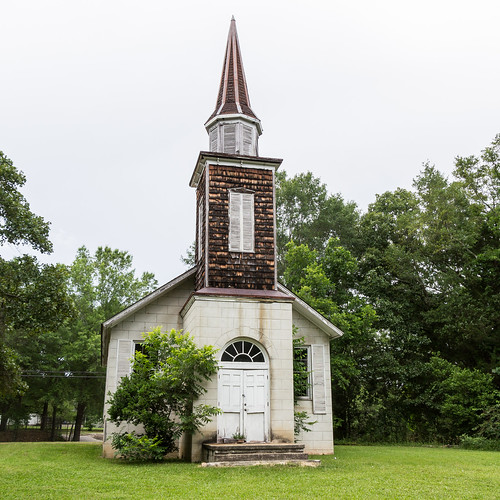
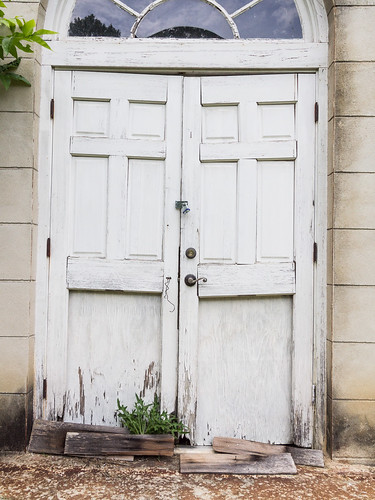
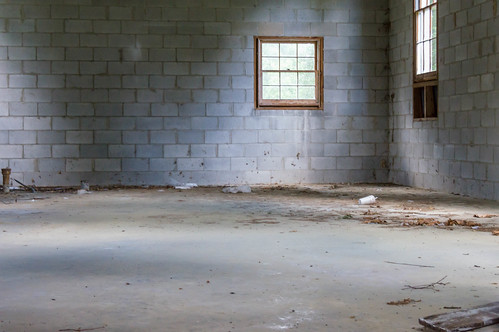

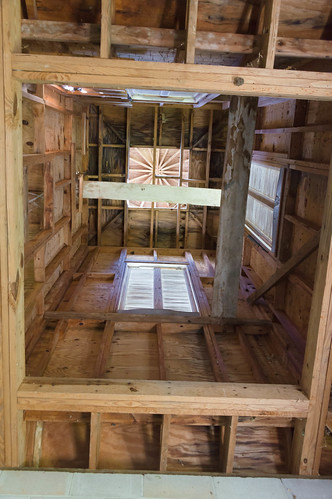


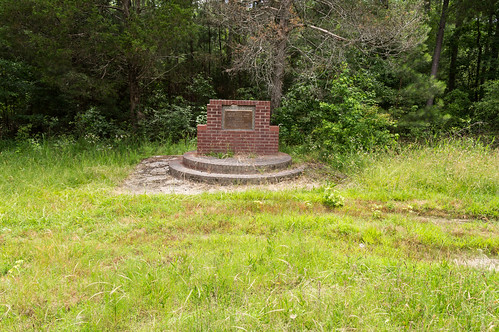
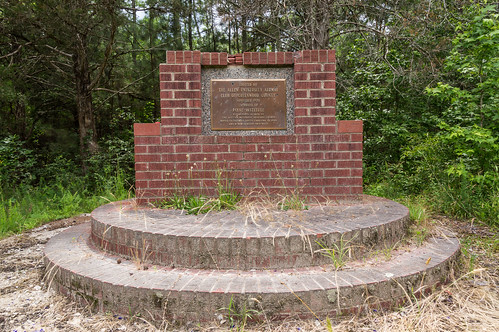
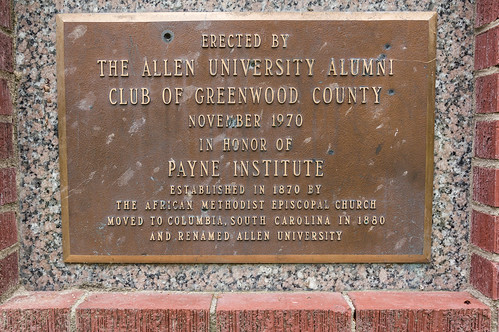






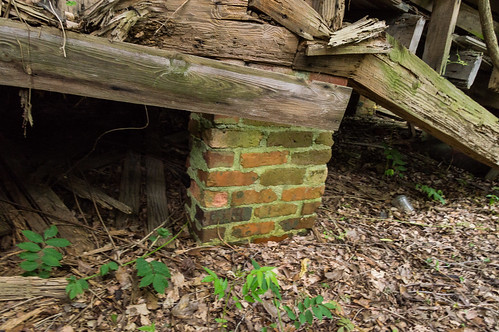
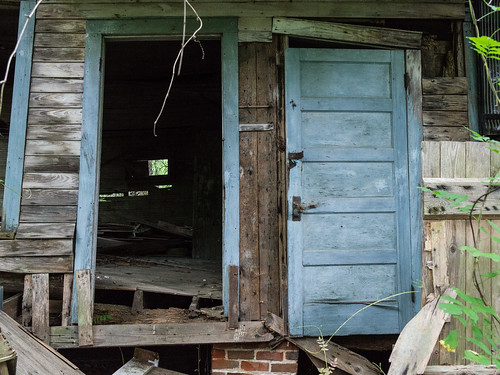
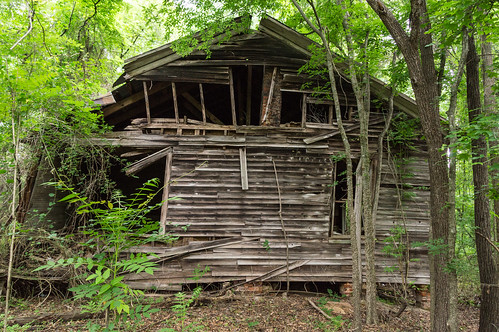
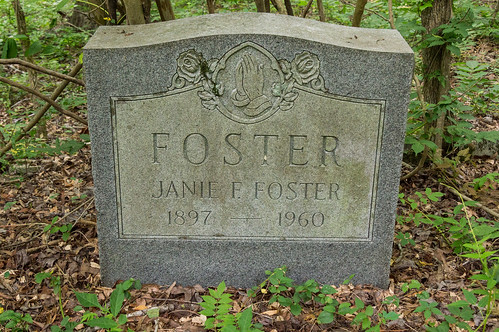

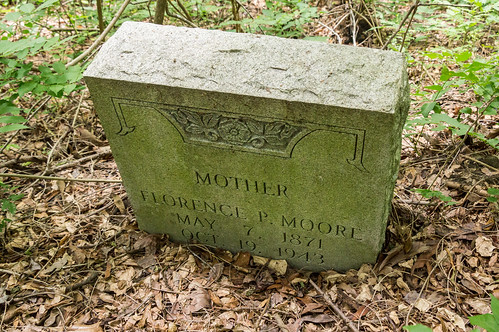
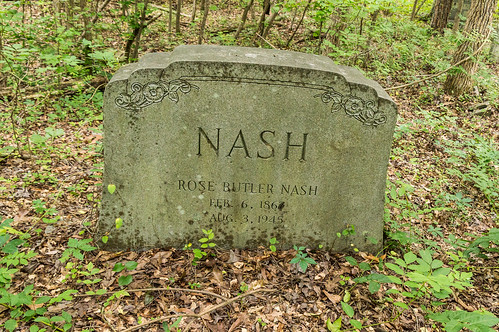
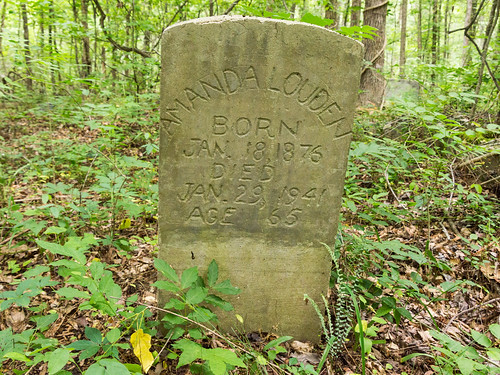
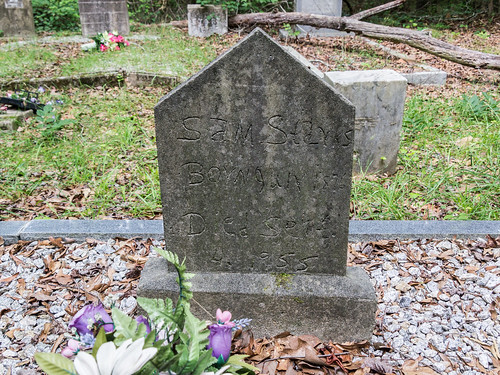
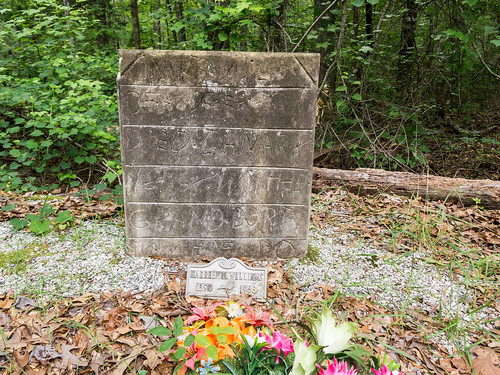
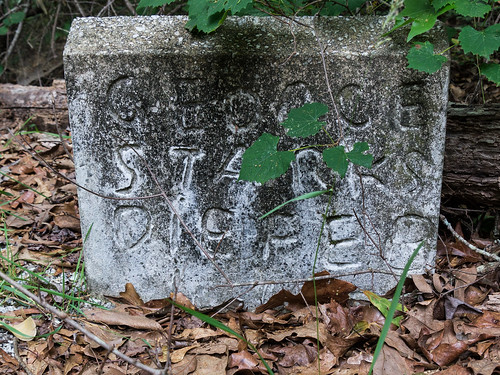
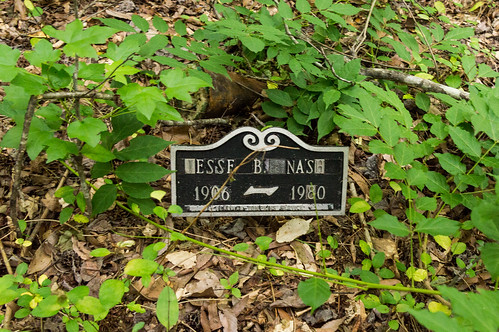
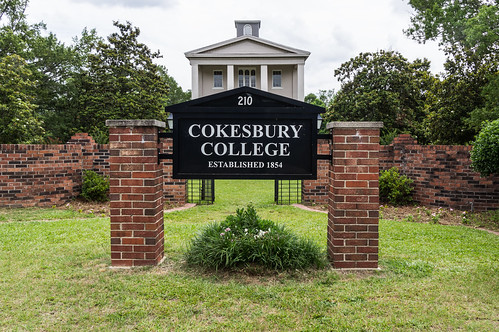

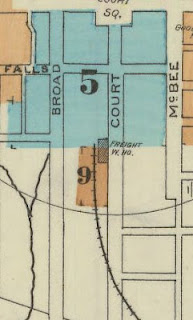
Comments
Post a Comment